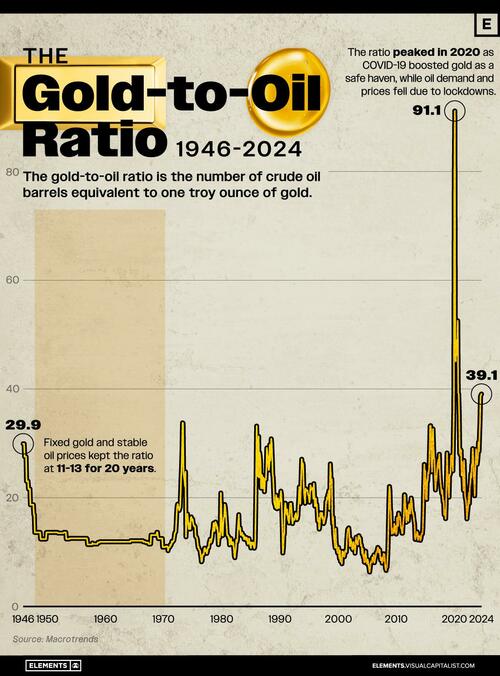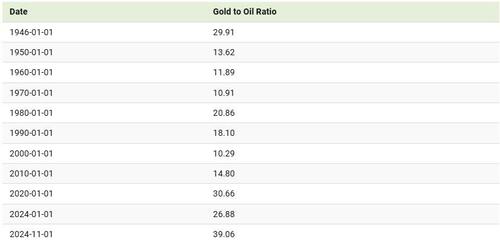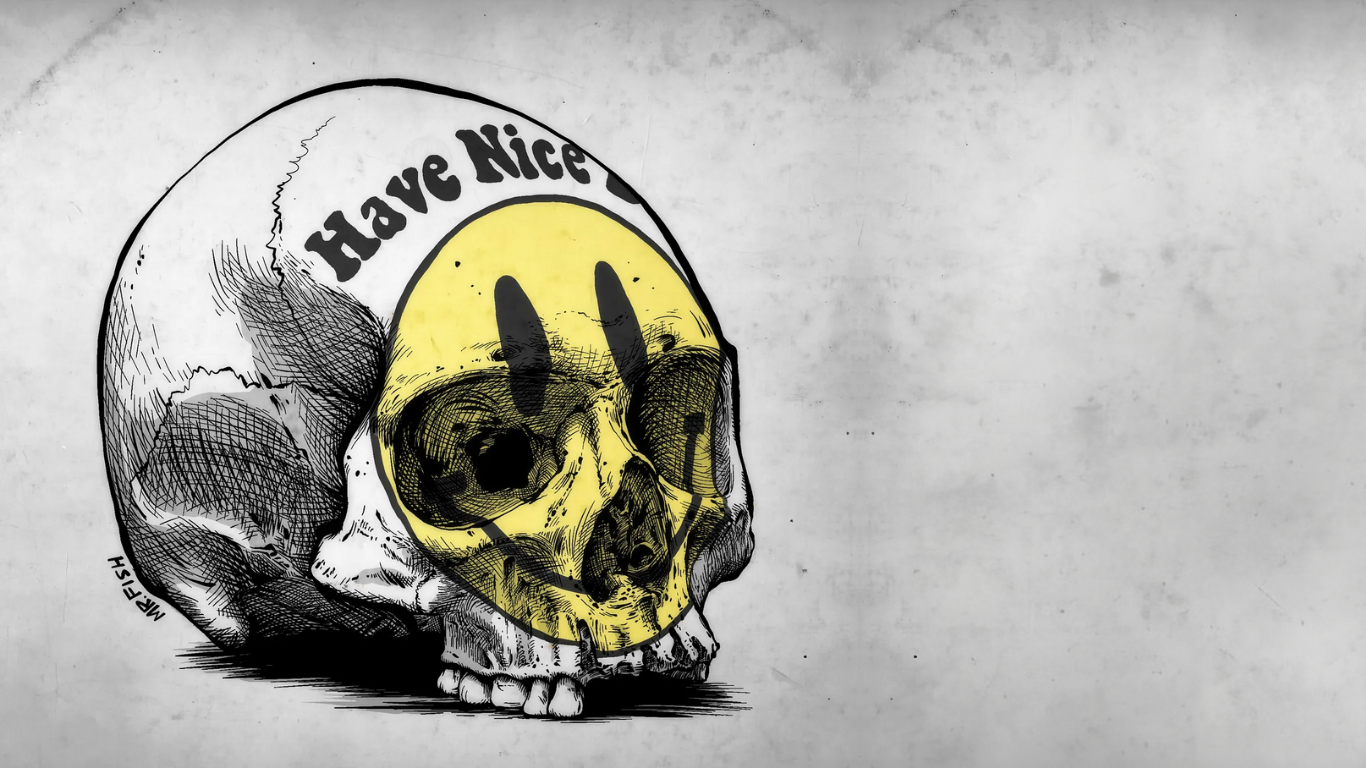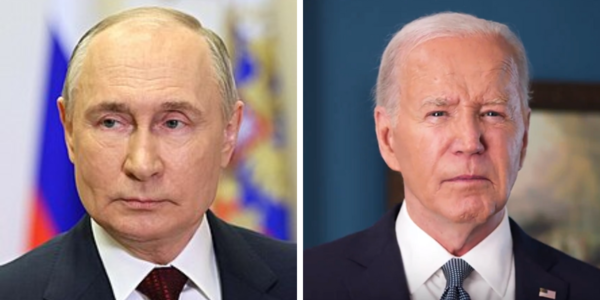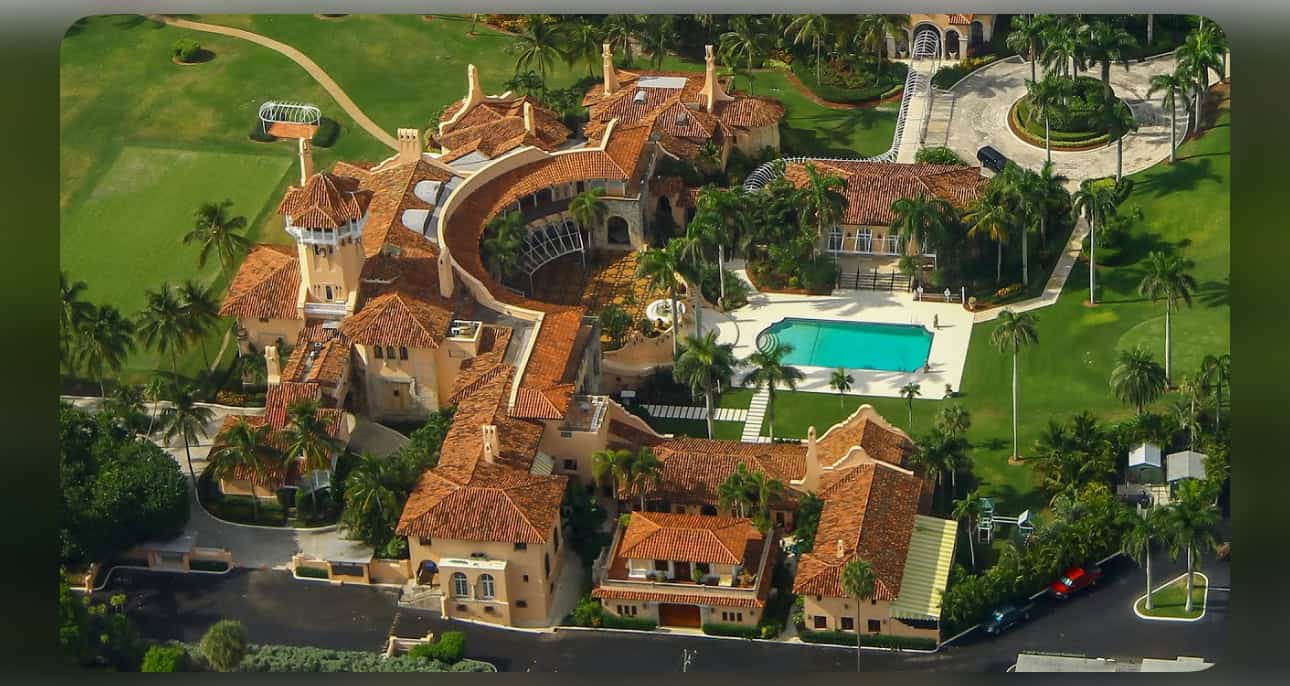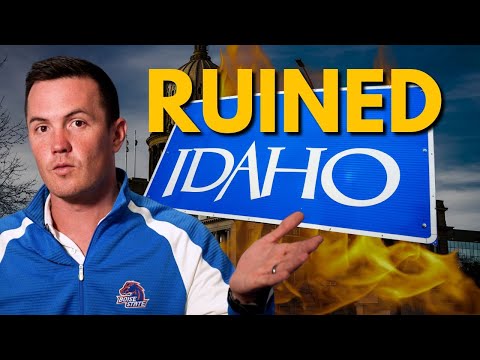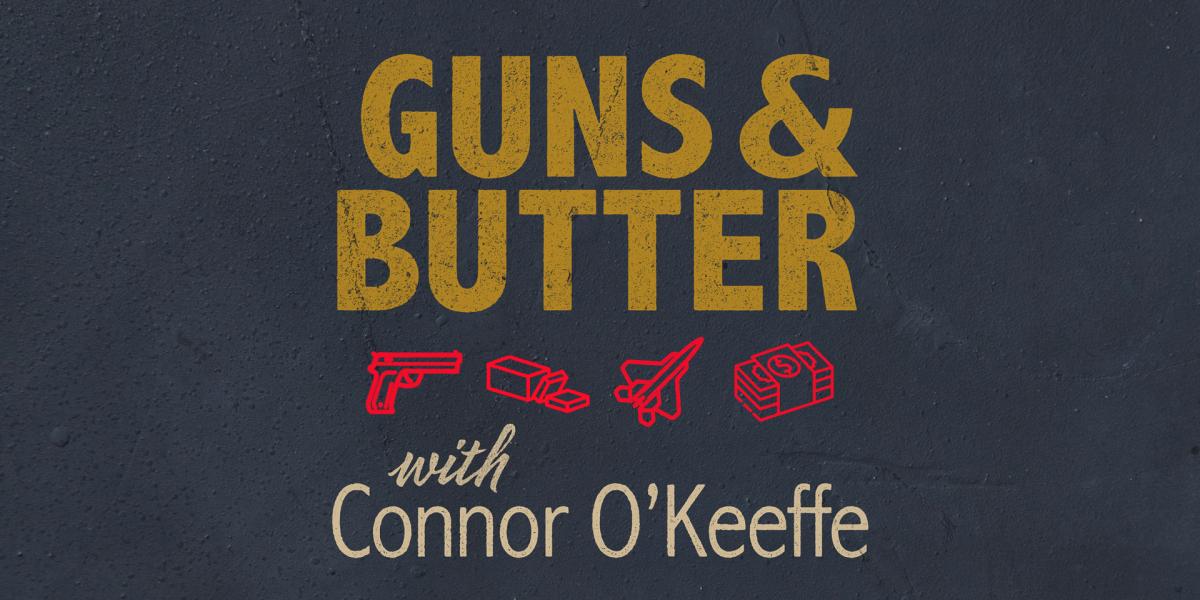
10/23/2024
Mises Wire
By Connor O’Keeffe
We are less than two weeks away from election day. Polls show that the race between Kamala Harris and Donald Trump stands at a virtual tie, and that has many worried about the possibility of a contested election. Sixty-eight percent of Americans are concerned people will resort to violence if they are unhappy with the outcome. Contributing to those fears are recent findings that nineteen percent of Republicans and twelve percent of Democrats say that, if their candidate loses, he or she should declare the results invalid and “do whatever it takes to assume office.”
Those numbers are not surprising to anyone who consumes a lot of political media. Tune into the establishment-friendly press and you’ll be inundated with stories about voter suppression in red states, recaps of the most dramatic skirmishes that happened outside the Capitol on January 6, and warnings about how Trump and his allies could actually take power after losing the upcoming election.
The fear, from the establishment’s perspective, is that after losing, Trump will successfully pressure Republican legislators in battleground states to appoint “alternate” electors that will keep Harris below the 270 electoral votes needed to win, which would send the election to the likely Republican-controlled House.
Without very explicit evidence of decisive voter fraud that the political class outright ignores, it’s hard to see a scheme like this working—considering that Trump isn’t already in power, Democrats have passed laws in recent years making it harder to appoint alternate electors, and many of the Republican legislators Trump would rely on have shown a reluctance to go along with the former president absent strong pressure from their constituents. But that hasn’t stopped the fear-mongering.
On the other side, the Trump-friendly alternative media is full of stories about local and state officials overturning election security laws, deleting drop box surveillance footage, actively registering non-citizens to vote, losing entire trays of mail-in ballots, and other tales of vote manipulation and even outright fraud.
Pair these stories with all the left’s freakouts about “voter suppression” in red states and the various assertions of foreign influence operations and it’s easy to see how so many voters became convinced that a victory by the other side would be illegitimate. Now add the establishment panic about a MAGA plot to overturn the election if they lose and the right’s awareness of the political establishment’s preparations to do the exact same thing had they lost in 2020 and it becomes clear why many are worried about what awaits us after election day.
The collapse of the public’s trust in elections mirrors the collapse in trust in several other institutions, like the federal judicial system, public health authorities, and the news media. While uncomfortable, the public losing trust in untrustworthy institutions is a good thing. It’s a necessary first step if the country is ever going to get on a better path.
The federal justice system has been used to go after the establishment’s political enemies since the beginning, public health authorities demolished any credibility they may have had with their deadly, totalitarian response to COVID-19, and the American news media has been actively misinforming the public in politically-expedient ways for essentially it’s entire history.
In the past decade or so, the American public has developed a much healthier level of skepticism toward these institutions. It is perfectly reasonable for that skepticism to carry over to federal elections.
After all, the political class—which includes politically-connected businesses—is making trillions of dollars in revenue thanks to various wars, innumerable regulations that protect them from competition, easy money from the Fed, and other lucrative government programs. It is not much of a jump to assume that, if able, the very people who have repeatedly lied us into unnecessary wars to line their pockets would be willing to use whatever means necessary to expand and protect their power and profits.
Together with the establishment-friendly media, the political class has placed a very high social cost on questioning the security of our elections in every instance except when it conveniently places the blame on a foreign government that Washington wants to demonize. Questioning the legitimacy of elections is “dangerous” unless you’re accusing Russia or Iran.
And whenever someone with a big enough voice casts doubt on past elections in an “unacceptable” way, the establishment is quick to shout them down with the same meaningless denunciation that there is no evidence of “widespread” election fraud.
Of course, if there were to be a conspiracy to either foment or permit voter fraud in a way that successfully flipped a national election, it would not be “widespread,” it would be targeted. Elections like this one come down to a handful of precincts—most of which are toss-up suburban and rural areas that surround blue cities in swing states. A conspiracy to commit or allow “widespread” voter fraud would be pointless and all but guarantee its discovery.
This is not to say you should accept every claim made about voter fraud or even that there is definitive proof that any previous elections were stolen in this fashion. And it’s certainly not to say that violence is an appropriate or productive response if the upcoming election appears like it was stolen.
Only that it would be healthy for more members of the American public to start questioning whether our system really works the way we learned it did in elementary school—where the president represents our collective will and acts as we would act to address the problems we face at home and abroad.
That simple story is an illusion that conveniently frames whatever the government is doing to us as an embodiment of everyone’s wishes and any opposition as a selfish stand against what everybody else wants. Many Americans are appropriately questioning a lot of what they’ve previously accepted as true. They ought to question this too.
Image Source: Mises Institute
Note: The views expressed on Mises.org are not necessarily those of the Mises Institute.
What is the Mises Institute?
The Mises Institute is a non-profit organization that exists to promote teaching and research in the Austrian School of economics, individual freedom, honest history, and international peace, in the tradition of Ludwig von Mises and Murray N. Rothbard.
Non-political, non-partisan, and non-PC, we advocate a radical shift in the intellectual climate, away from statism and toward a private property order. We believe that our foundational ideas are of permanent value, and oppose all efforts at compromise, sellout, and amalgamation of these ideas with fashionable political, cultural, and social doctrines inimical to their spirit.
Originally Posted at https://mises.org/

